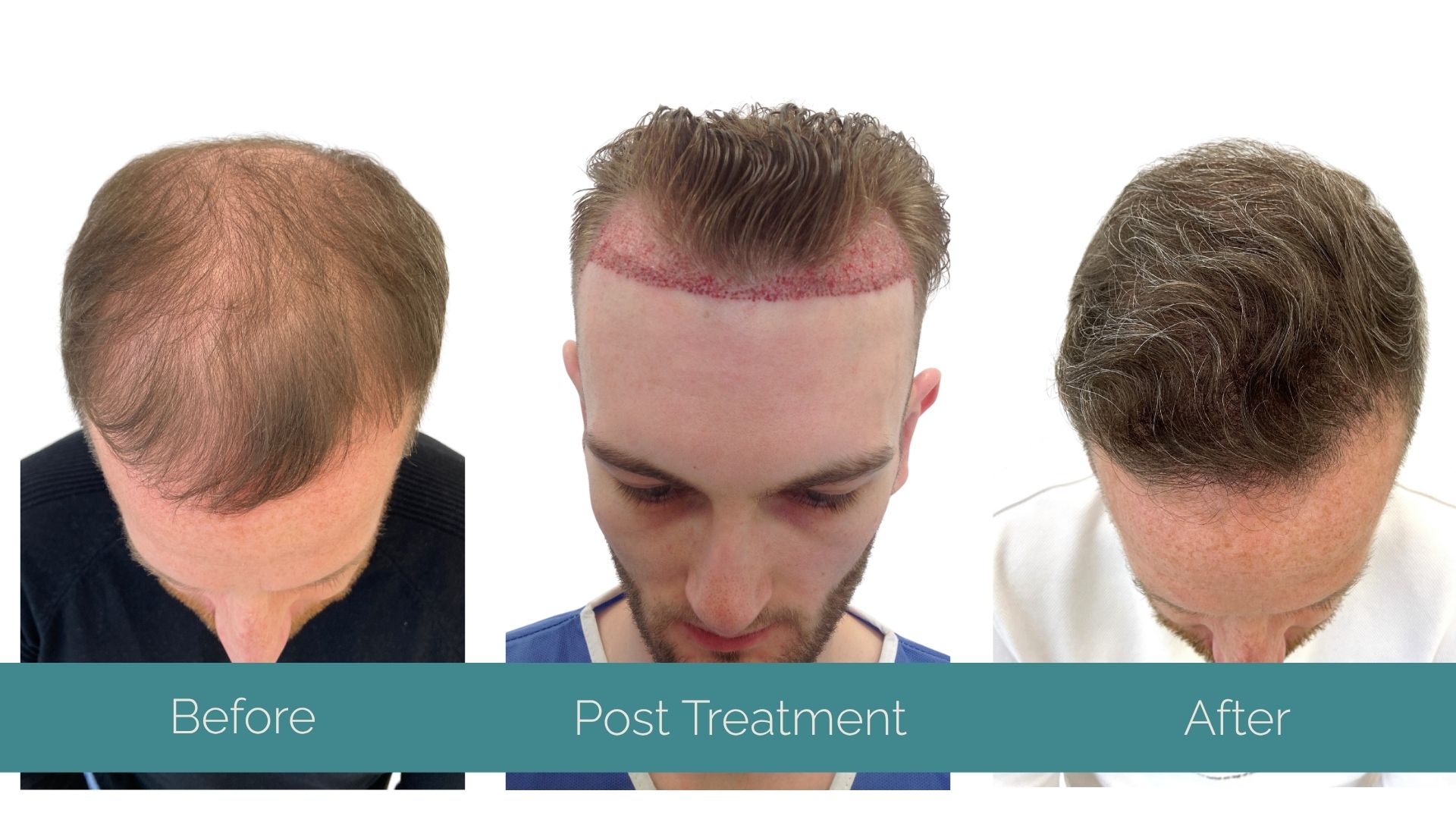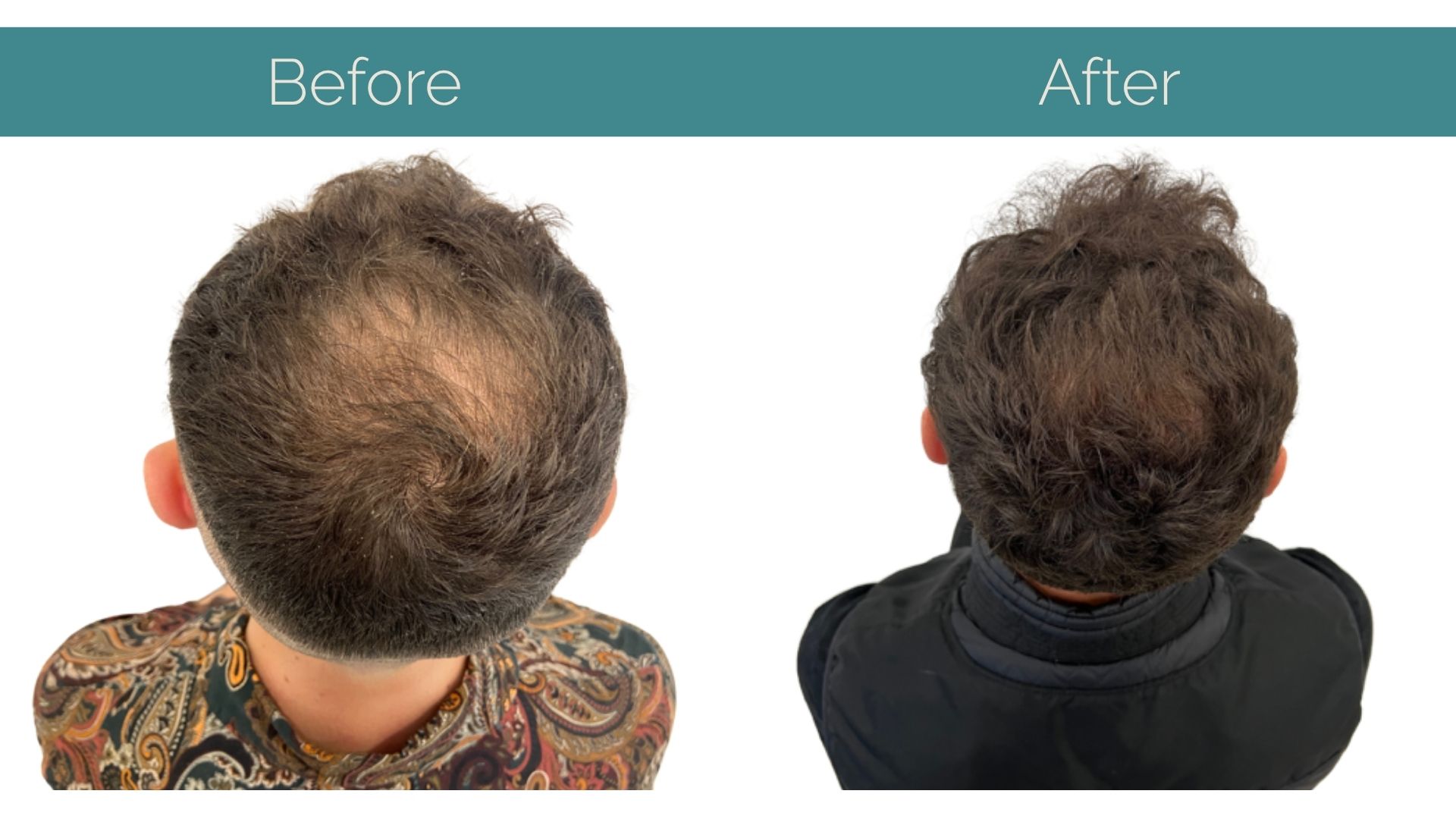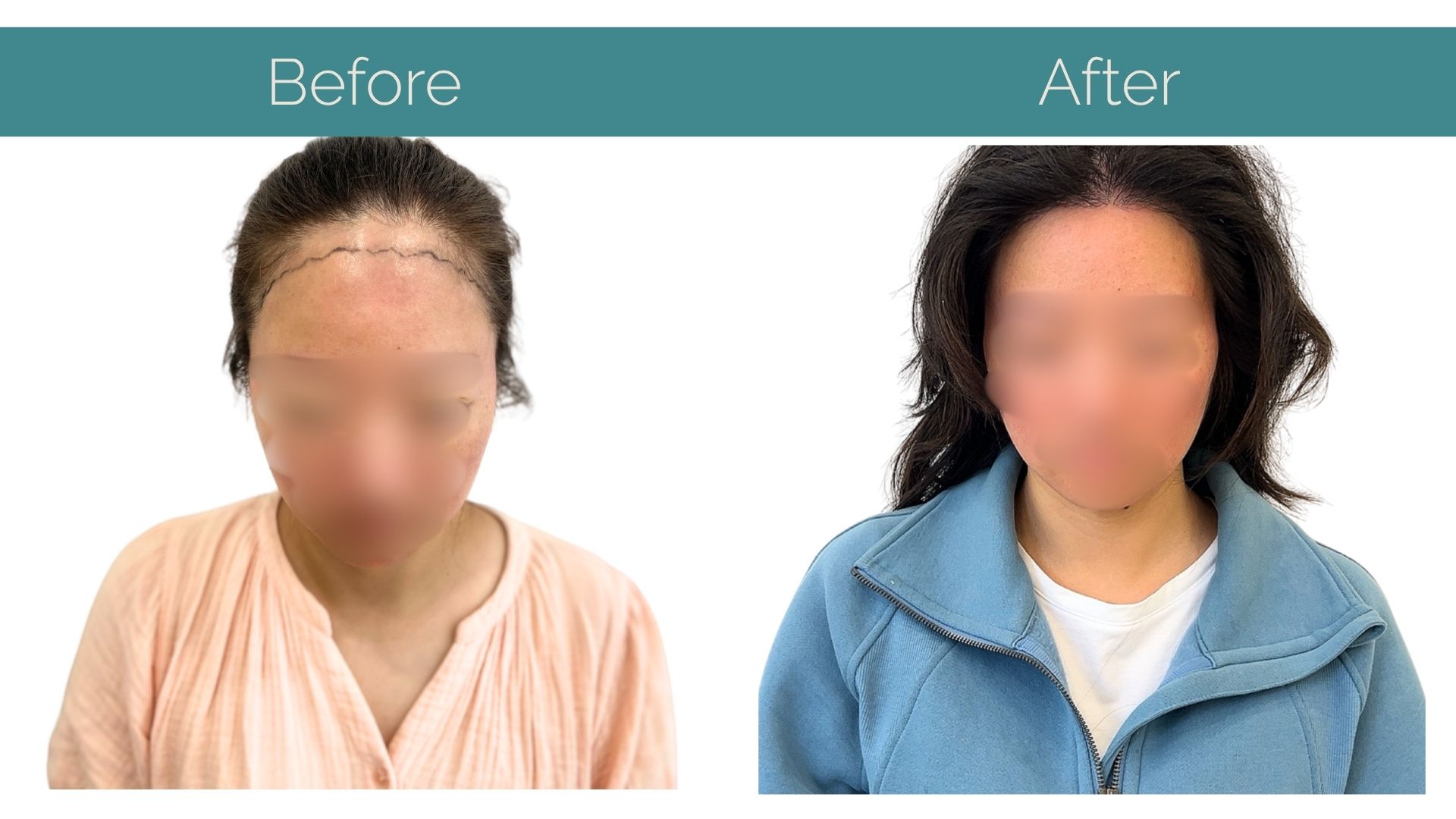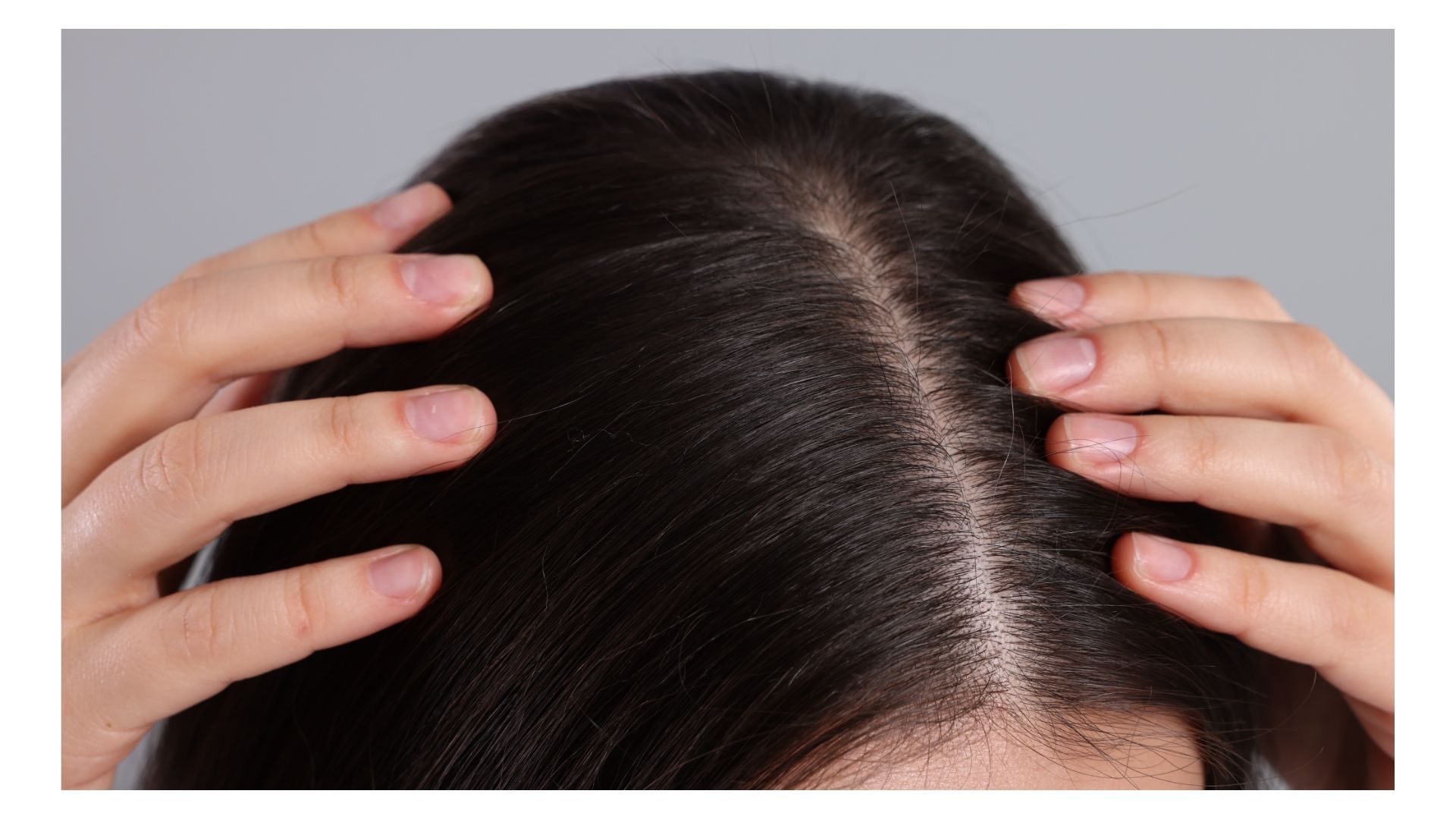But what really happens to transplanted hair in the long run? Will it last? Will it change? Or will it eventually fall out again?
To explore these questions, let’s follow the 10-year journey of a medical case study: a 38-year-old man from Leicester who underwent a Follicular Unit Extraction (FUE) hair transplant to restore his receding hairline and thinning crown.
His story offers a fascinating, real-world look at what clients can expect over a decade of post-transplant life.
Year 0: The Beginning of the Journey
Aman’s hair transplant journey began like many others – with research, hesitation, and hope. He’d been losing hair steadily for years and finally decided to take action.
After a thorough consultation, he underwent an FUE procedure, where healthy grafts were taken from the back of his head (an area typically resistant to balding) and transplanted into the balding zones.
The immediate aftermath involved some scabbing, redness, and a bit of soreness, but within two weeks, the healing process was well underway. His new grafts were secure, though invisible changes were happening under the surface.
What looked like a patchy scalp would eventually bloom into natural growth.

Year 1: From Shock Loss to Full Bloom
Within the first three months, Aman experienced something that throws many first-timers off: “shock loss.” The new hairs that had been transplanted began falling out – which is completely normal.
The follicles weren’t dead; they were simply resetting their growth cycles.
By month five, those same follicles began sprouting new hair. And by the nine-month mark, Aman could clearly see a new hairline taking shape. By the end of year one, his crown had thickened, and the hairline looked natural and full.
He no longer worried about windy days or camera angles.
Years 2–4: Confidence Reclaimed
These were Aman’s golden years. With a full head of hair, he was back to enjoying regular trips to the barber, experimenting with hairstyles, and – most importantly – feeling confident in social and professional settings again.
The transplanted hair was acting exactly as promised: growing normally, accepting product, and staying strong.
However, around the fourth year, Aman noticed a subtle shift. Although the transplanted hair remained thick and healthy, some of the natural hair surrounding it was starting to thin – especially around the temples.
This is a common experience. A hair transplant can restore what’s already lost, but it can’t prevent future loss of the non-transplanted hair. That’s why surgeons often recommend ongoing care, such as medication or PRP therapy, to preserve your overall look.

Years 5–7: Adjustments and Enhancements
By year six, Aman booked a second, smaller procedure – a “refinement” session. The goal wasn’t to redo everything, but to blend in some new grafts around the edges, matching the density of his original transplant.
The result was seamless and natural. He also began paying more attention to scalp health with regular maintenance treatments and a solid haircare routine.
During this phase, Aman’s transplant had become a normal part of his life – no longer a novelty or something he thought about daily. He received compliments, sure, but many people simply assumed he’d always had great hair.
That’s often the best sign of a successful transplant.
Years 8–10: Ageing Gracefully
By his late forties, Aman had enjoyed nearly a decade of good hair days. The density of his transplanted hair had subtly lessened, as is normal with age, but the overall structure and shape remained.
Importantly, the grafts hadn’t fallen out. They continued to grow just as they had when first transplanted – because, biologically, they were still behaving like the donor hair from the back of his head.
His barber commented that the hair still looked fantastic and that many clients who hadn’t maintained their look were starting to show far more advanced signs of hair loss. For Aman, the transplant wasn’t just a procedure – it was a long-term investment that paid off.

The Truth About Longevity
One of the most important takeaways from Aman’s story is this: transplanted hair is permanent – but it still ages with you.
Just like the rest of your body, hair can become finer or less dense over the years, even if it’s not falling out. However, because it’s taken from a genetically resistant area, transplanted hair doesn’t suffer the same fate as balding areas unless impacted by other medical issues or trauma.
That said, results do vary depending on how well you care for your hair and scalp. Regular check-ins with your surgeon, topical treatments, nutrition, stress management, and consistent grooming all contribute to the long-term health of your hair.
A Final Word: Is It Worth It?
After ten years, Aman has no regrets. The procedure gave him back his confidence, helped him feel more like himself again, and allowed him to age on his own terms. For many like him, the value of a transplant isn’t just in regrowing hair – it’s in reclaiming identity.
Hair transplants are not a miracle fix, but when done well and cared for properly, like we do at IK Clinics, they are as close to permanent as modern cosmetic procedures get.
So, if you’re on the fence or wondering if your results will stand the test of time, remember: your hair can thrive for years after its “death” – and quite possibly, for life.
About IK Clinics
We don’t just specialise in FUE, we also offer other hair restoration treatments, such as Stem Cell Therapy and Plasma Therapy (PRP). Additionally, we also provide a range of anti-aging treatments to help you achieve that ‘I feel good’ feeling.
Get in touch to find out more and book your consultation.


